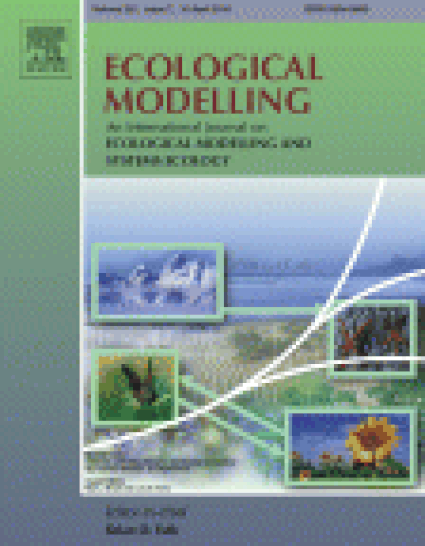
Article
A Relative Elevation Model (REM) for a Subsiding Coastal Forested Wetland Receiving Wastewater Effluent
Ecological Modelling
(1998)
Abstract
This paper describes a wetland elevation/sediment accretion model for a subsiding forested wetland located within the coastal zone of Louisiana, USA. We designed the model to determine if the addition of secondarily treated municipal wastewater to the wetland could stimulate organic matter production and deposition to the point that sediment accretion would balance relative sea level rise (deep subsidence plus eustatic sea level rise (ESLR)). We also used the model to simulate the effect of predicted increases in ESLR on wetland stability and to determine the amount of additional mineral sediment that would be required to compensate for relative sea level rise. The model utilizes a cohort approach to simulate sediment dynamics (organic and mineral matter accretion, decomposition, compaction, and below-ground productivity) and yields total sediment height as an output. Sediment height is balanced with ESLR and deep subsidence, both forcing functions, to calculate wetland elevation relative to mean water levels. The model also simulates primary production (roots, leaves, wood, and floating aquatic vegetation) and mineral matter deposition, both of which are feedback functions of elevation. Simulated wetland elevation was more sensitive to the uncertainty surrounding estimates of deep subsidence and future ESLR rates than in other processes that affect wetland elevation and could be influenced by wastewater (i.e. rates of decomposition and primary productivity). The model projected that, although the addition of wastewater effluent would increase long term accretion rates from 0.35 to 0.46 cm year−1, it would not be enough to offset the current rate of relative sea level rise. A series of mineral input simulations revealed that, given no increase in ESLR rates, an additional 3000 g m−2 year−1 of mineral sediments would be required to maintain a stable elevation.
Keywords
- Accretion,
- Below-ground production,
- Climate change,
- Decomposition,
- Eustatic sea level rise,
- Floating aquatic vegetation
Disciplines
Publication Date
October, 1998
Publisher Statement
Copyright © 1998 Elsevier Science B.V. DOI:10.1016/S0304-3800(98)00125-2
Citation Information
John Rybczyk, J. C. Callaway and J. W. Day Jr.. "A Relative Elevation Model (REM) for a Subsiding Coastal Forested Wetland Receiving Wastewater Effluent" Ecological Modelling Vol. 112 Iss. 1 (1998) Available at: http://works.bepress.com/john_rybczyk/25/
